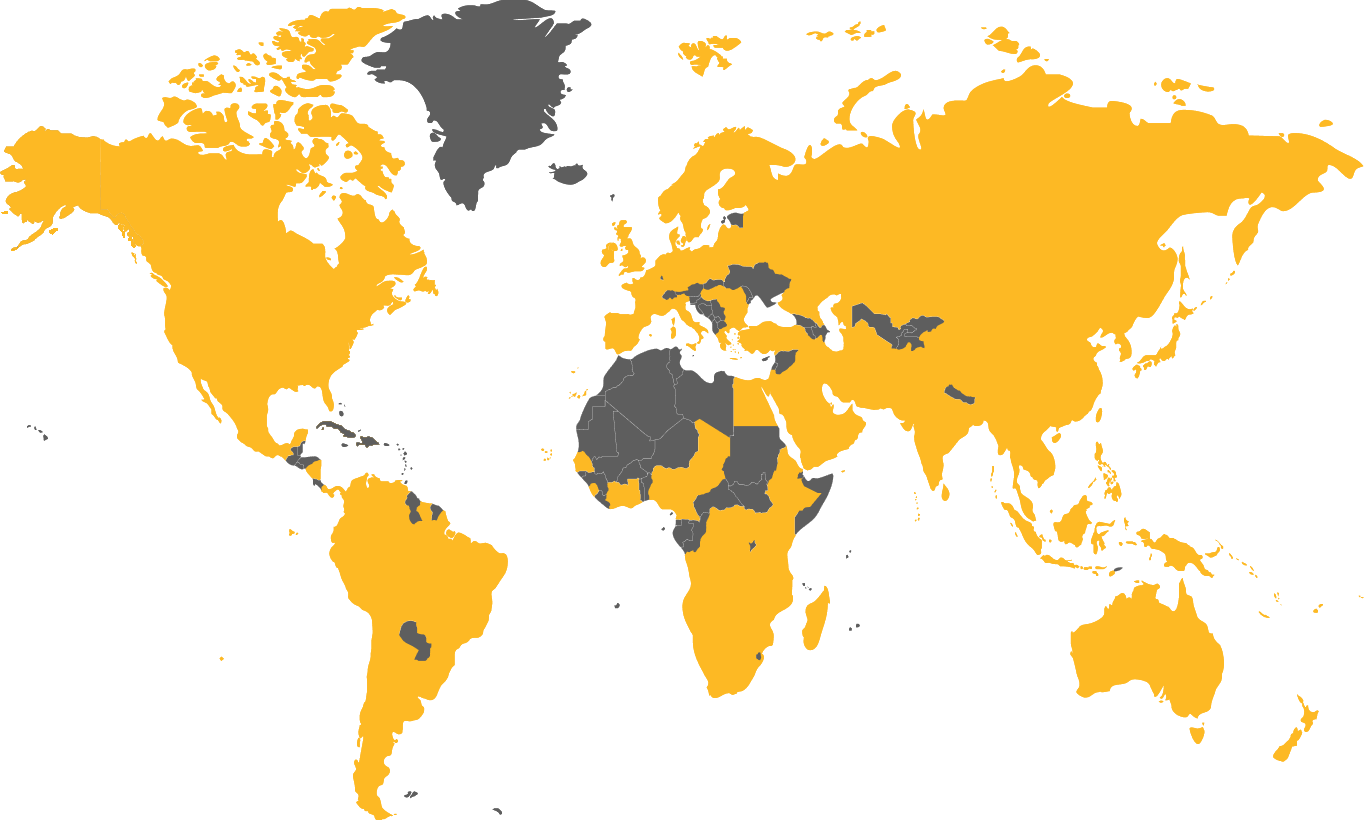What are butt welding standards?
Butt welding specifications are taken from a small number of international and national standards ensuring not only operator safety, but longevity of thermoplastic welds when completed correctly. National Standards exist in many countries, almost always based on the metric international standard ISO 21307, while some metric countries choose to use the even more conservative DVS 2207-1 standard. Because they have remained with the imperial system and always liked non-tariff barriers to import, North America has its own ASTM F 2620 standard. The origins and varying approaches to butt fusion makes for interesting history within the HDPE industry, and here’s my 60-year take on the subject.
DVS (German Welding Association)
DVS standard 2207-1 is the oldest PE/PP fusion specification known to man. Originally developed in Germany at the dawn of PE pipe and updated since, the creators of DVS include European authorities and end-users of HDPE pipe systems heavily interested in safe processes that create long lasting pipe assets, and as a result the DVS standard stipulates only low force welding. Analysis shows that the correct implementation of this process creates pipe assets with a life expectancy of 100+ years.
ISO (International Organisation for Standardisation)
ISO 21307 is the International Standard for butt welding HDPE pipe, and is the specification followed in all metric countries covering 95% of the worlds population. Until a few years ago the ISO standard specified only low-pressure welding derived from the DVS standard, but recently on the insistence of the United States Government ISO was convinced to include the ASTM method (SHP), and at the same time added a very-UK specification for welding thicker walled pipes (DLP).
ISO 21307 currently contains three welding specifications being Single Low Pressure (SLP), Dual Low Pressure (DLP) and Single High Pressure (SHP), but we are yet to find a European Authority using SHP.
ASTM (American Society for Testing and Material)
The ASTM butt fusion standard ASTM F 2620 was developed in the United States for purely high pressure fusion. As a result, the standard is almost directly opposed to its’ European counterpart requiring machinery specifically built for the process, and halving the cooling time.
It makes sense that operators and end-users of butt fusion machines want to get the job done and dusted as quickly as possible, so the shorter cooling time of the ASTM & ISO SHP method is attractive. Halving the cooling time has also been included in the conservative DVS standard for decades, but always with this condition:
‘The reduction of the cooling time up to 50%, that means joining pressure , release and removal of the welded part from the welding equipment, is allowed under the following requirements:
- the welding is done under workshop conditions
- the removal from the welding equipment and the temporary storage are causing only slight loads to the joint
- it concerns components with a wall thickness of ≥15mm’
ASTM F 2620 was created with half the cooling time, but little or no mention of the removal of stress from the weld after release.
More recently we’ve seen a further reduction in SHP heating time based on the temperature of the pipe. From a practical perspective, a pipe lying in the desert can have a surface temperature at the top of 30-50 degrees C, while the unexposed bottom of the pipe will still be 0-10 degrees C. Calculating a reduced heating time on the theory that the entire pipe is at 40 degrees is interesting, particularly when insufficient heat shortens the life of the weld.
Being born and bred welding at low pressure, I’m now welding at 3.2 times the interface pressure with half the cooling time (or even less if you follow individual manufacturers advice), and the reason I accept that is because the method has been tested in a laboratory at constant ambient temperature using a new machine and perfect pipe. Get used to the phrase ‘operator error’ if you’re not running PLC controlled machines in excellent condition with well trained staff and superior site control. It’s a great way to weld a long pipeline in Australia, Canada or the States, but be certain you’ve got your act together.
worldpoly is committed to ensuring operators are equipped with machinery that support safe and high-quality pipe fusion. Please contact us if you need more information about our equipment and services.







